Nissan Rogue Years to Avoid
Nissan Rogue Years to Avoid: Buying a used Nissan Rogue can be a smart investment, thanks to its reputation for comfort, safety, and practicality. However, not every model year delivers the same quality. In this guide, we’ll explore the Nissan Rogue years to avoid, the most common issues reported, and better alternatives if you’re shopping for a dependable used crossover.
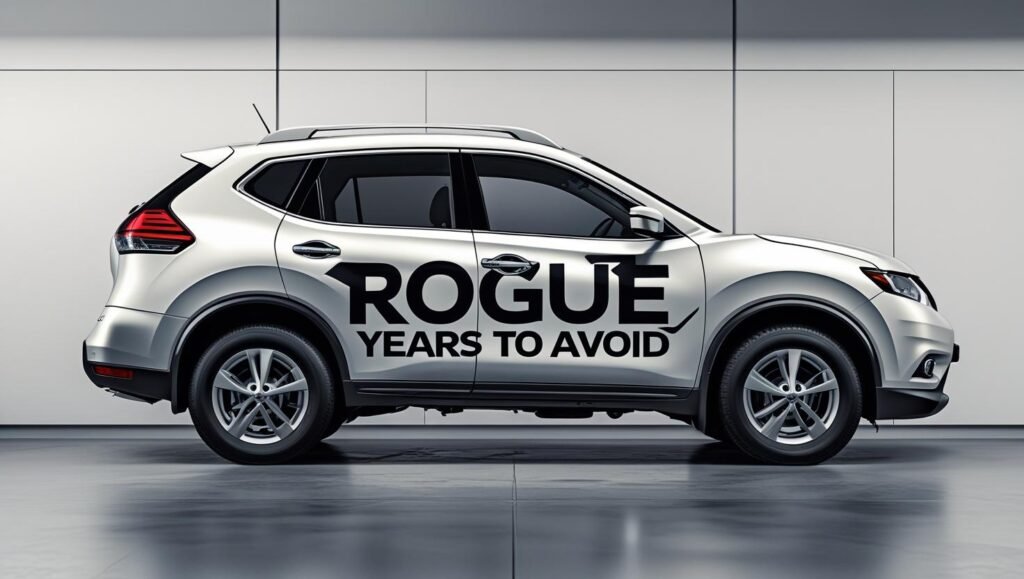
Nissan Rogue Years to Avoid
The Nissan Rogue years that are generally considered the most problematic include:
- 2008
- 2011
- 2012
- 2013
- 2014
These years have higher-than-average reports of transmission failure, electrical problems, and interior quality concerns.
2008 Nissan Rogue: The First-Year Blues
As the debut model year, the 2008 Rogue suffered from teething problems that affected long-term reliability. One of the most reported issues was CVT (Continuously Variable Transmission) failure, often occurring around 100,000 miles. The repair costs were significant, sometimes exceeding $3,000.
Other complaints included
- Faulty fuel system sensors
- Poor cabin insulation
- Paint peeling and exterior rust
Given the age and reliability concerns, the 2008 Rogue is best avoided unless it’s been meticulously maintained.
2011 Nissan Rogue: Transmission Woes Continue
By 2011, the Rogue was more refined, but major issues still persisted. The CVT problems continued to plague this model year, with drivers reporting jerking, hesitation during acceleration, and outright transmission failure.
Additional issues in 2011 included:
- Air conditioning failures
- Power window malfunctions
- Premature wear on suspension components
These reliability issues often resulted in expensive repairs, making the 2011 Rogue a risky purchase.
2012 Nissan Rogue: Electronics and Interior Problems
The 2012 model introduced minor cosmetic improvements but failed to fix core mechanical issues. Many owners reported problems with electronic systems, including
- Backup camera glitches
- Touchscreen failures
- Faulty door locks
Interior quality also took a hit this year, with widespread complaints about peeling dashboard materials, rattles, and broken trim components. While some of these problems are cosmetic, they reflect poor long-term durability.
2013 Nissan Rogue: A Repetition of the Same Issues
Despite being close to the end of the first generation, the 2013 Rogue did not show major improvements. CVT reliability was still a concern, and engine stalling under acceleration was reported by some owners.
Common complaints from 2013 include:
- Transmission overheating
- Poor fuel economy compared to competitors
- Weak headlights and electrical gremlins
While some of these Rogues are still on the road, many require costly repairs to remain dependable.
2014 Nissan Rogue: Early Second-Gen Issues
The 2014 Rogue marked the start of the second generation with a new design, improved technology, and added space. Unfortunately, new bugs emerged, particularly in the software and infotainment systems. While CVT reliability slightly improved, some units still suffered premature failure.
Problems in 2014 models included:
Freezing touchscreens
Bluetooth pairing failures
Leaky sunroofs
Delayed transmission engagement
Although better than earlier models, the 2014 Rogue still has enough issues to warrant caution.
Better Alternatives: Nissan Rogue Years to Consider
- 2016: Improved CVT design and fewer complaints overall
- 2017: Good safety ratings, more refined features, and fewer reported issues
- 2020: Mid-cycle refresh with improved tech and performance
These years offer a better balance of affordability and reliability.
Common Nissan Rogue Problems Across Bad Years
- Transmission Failure: Especially in older models with CVTs. Often expensive to fix.
- Electrical Issues: Problems with power accessories, sensors, and infotainment systems.
- Interior Durability: Worn-out seats, peeling dashboards, and creaky trim.
- Suspension Wear: Especially in the 2011-2013 range, leading to rough rides.
Final Thoughts: Should You Buy a Used Nissan Rogue?
The Nissan Rogue can be a solid choice, but you need to be selective. Avoid the years mentioned above unless the car comes with full maintenance records and a clean bill of health. Whenever possible, opt for models 2016 and newer, or compare options with competitors like the Honda CR-V or Toyota RAV4.
Before purchasing, always request a pre-purchase inspection, check for any active recalls, and verify service records to avoid hidden surprises.
FAQ Nissan Rogue Years to Avoid
Q1: What is the worst year for Nissan Rogue?
A: Most experts and owners agree that 2008 is one of the worst years due to severe CVT issues and poor build quality.
Q2: Are all Nissan Rogues bad?
A: No, several years like 2016, 2017, and 2020 have good reliability ratings and owner satisfaction.
Q3: Do all Nissan Rogues have CVT problems?
A: CVT issues were most prevalent from 2008 to 2014. Later years improved thanks to engineering updates.
Q4: Is it worth buying a used Nissan Rogue?
A: Yes, if you choose a reliable year and ensure the vehicle has been properly maintained.
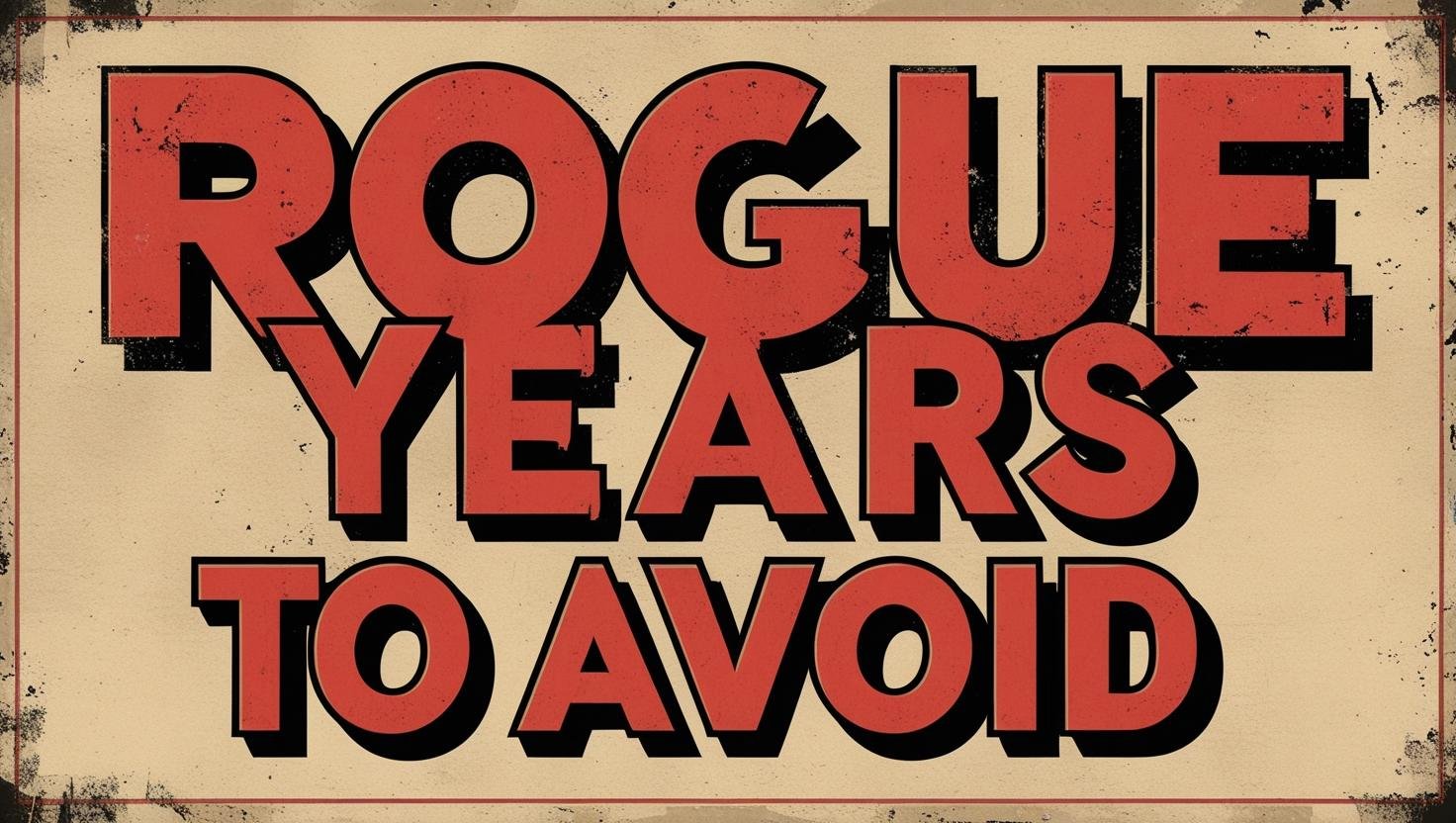
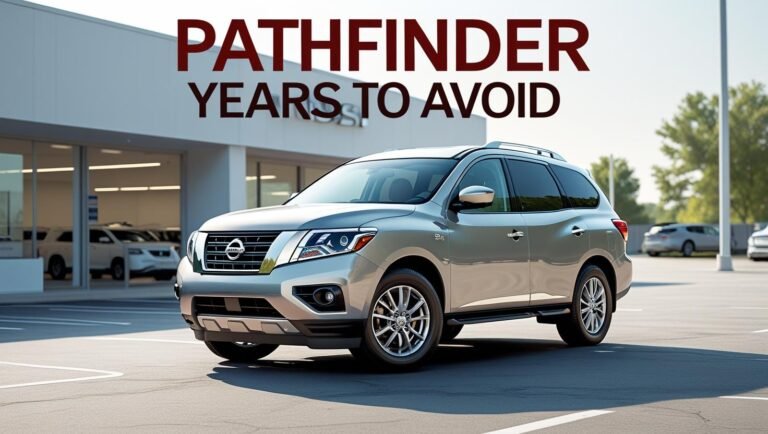
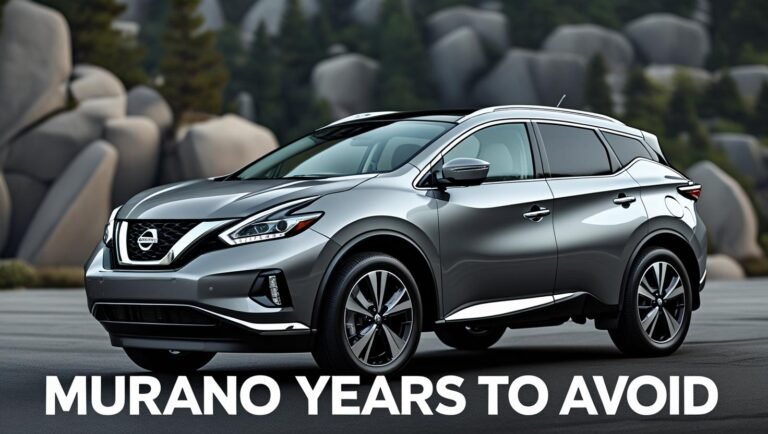
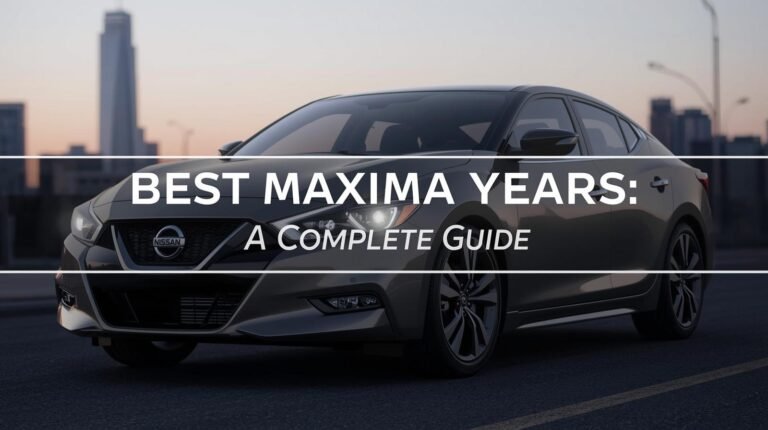
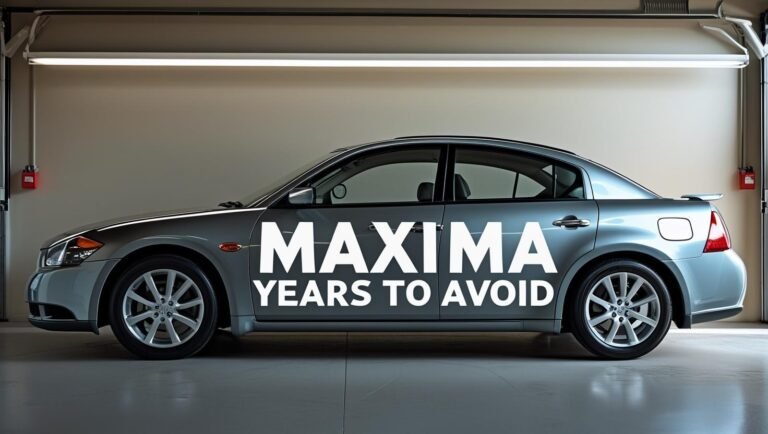
One Comment